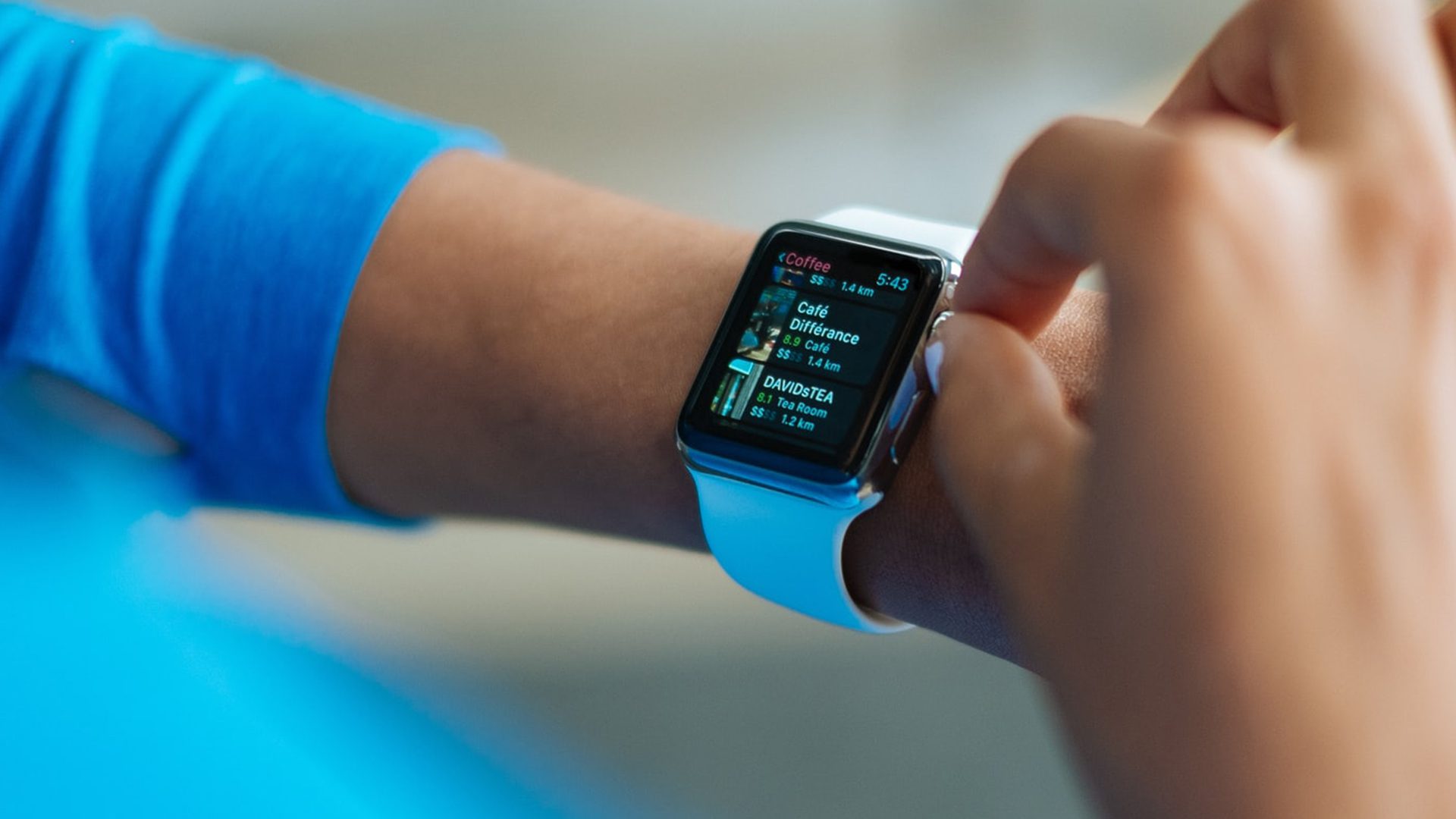How to Create Effective Hyper-Personalization
ARTICLE
BY Natalia Palacio
Personalization is a well-established way for brands to build loyalty and deepen customer relationships. At a rudimentary level, personalization is not very personal – as in a generic mass email with the customer’s name at the top, or images that show diverse people to ensure that members of different groups see themselves reflected.
But technology is now allowing brands to create ever more closely customized offerings for customers, developing “hyper-personalized” messages and using predictive analytics to anticipate customers’ evolving needs and tastes.
Leading practitioners of hyper-personalization such as Netflix and Amazon are raising customers’ expectations by using real-time data and artificial intelligence to feed users exceptionally relevant offerings based on search and browsing history, past choices and habits. To meet these higher expectations, other brands are seeking to use the same tools to:
- Increase the relevance of their messaging
- Gain deeper insight into the people who use their products and services
- Strengthen relationships with current and prospective customers

More personalization demands more data – so trust and transparency are key
Some firms achieve hyper-personal messages and offerings using large and diverse databases. Google’s data sets are so vast it’s hard to imagine a question they couldn’t shed light on. Other firms – say, the meditation app Headspace – might hyper-personalize just as effectively but in a narrower sphere of activity: tailoring content to users’ personal goals and schedules, and helping to nudge people back on track when they drift from their stated intentions.
Most consumers welcome the convenience and control of personalization. Most also recognize that to obtain a seamless experience with their favourite apps and websites they need to share some personal data.
For firms seeking to deepen relationships through hyper-personalization, it’s essential to be transparent and trustworthy in their data management practices, explaining exactly what they’re collecting and what that means for users. Sharing personal information is an act of trust – and the smallest hiccup can create a sense of betrayal, quickly destroying the loyalty that was the whole purpose of collecting the data.
In addition to being transparent and trustworthy (not only being honest, but having strong cybersecurity protocols to protect user data), firms should think hard about which data they really need in order to achieve their goals, developing a clear rationale for what they collect and why. Remember that some forms of data are more sensitive than others: many users are highly protective of their banking information, for instance.
Do customers really want a personal touch?
Most do. Provided that brands manage the privacy-personalization balance honestly and effectively, research shows that cutomers welcome tailored messaging, and appreciate features like a customized homepage.
- 72% of Canadians (and 76% of Americans) embrace the use of technology to create exactly their own style, persona or customized products that are unique to them and their needs. Smaller proportions — 15% of Canadians and 25% Americans — feel strongly positive about tech-enabled personalization.
- Younger consumers are slightly more enthusiastic, with 77% of Generation Z and 79% of Generation Y embracing the use of technology to customize products.
- Men and women express similar levels of enthusiasm about using technology to customize products.

What defines effective hyper-personalization?
Customers need to feel the benefits. Hyper-personalization begins to build loyalty when it delivers value in the form of things like customized products and services, loyalty programs that reward customers according to their specific preferences, or opportunities to tailor their profiles so they have faster access to information and products of interest.
Brands should bear in mind three key pillars of effective hyper-personalization:
- Engagement. The more you engage, the more opportunities you have to learn about users interests and behaviours. Seek opportunities to engage across multiple channels and even build user communities.
- Relevance. Be thoughtful in your communications approach and seek opportunities to tailor messages. As you build trust, messages can become more personal and specific.
- Trust. Build trust by letting customers control the information they provide. Be transparent about what data you’re requesting and how you will use it.
Having the sense that a business knows a lot about you is not useful in itself, and might even be unnerving. But hyper-personalization can become a win-win for brands that stick the most important principle of all: keeping the customer’s needs, priorities and experiences top of mind.
To better understand customer expectations and how to grow brand loyalty, download our Delivering Frictionless Commerce report.
Find out how our Market Strategy team can help your organization
Related insights



Toronto
366 Adelaide Street West
Suite 101, Toronto, ON
Canada M5V 1R9
416 920 9010
Ottawa
116 Albert St
Suite 300, Ottawa, ON
Canada K1P 5G3
613 230 5089
Calgary
421 7th Ave SW
Suite 3000, Calgary, AB
Canada T2P 4K9
403 613 5735
